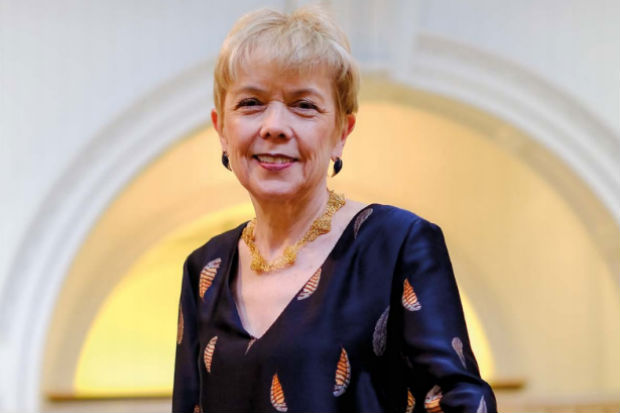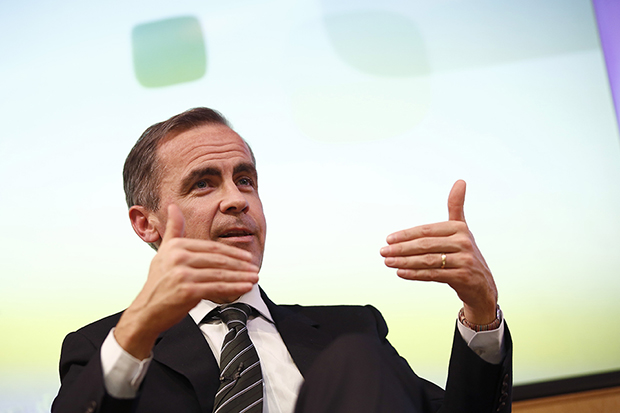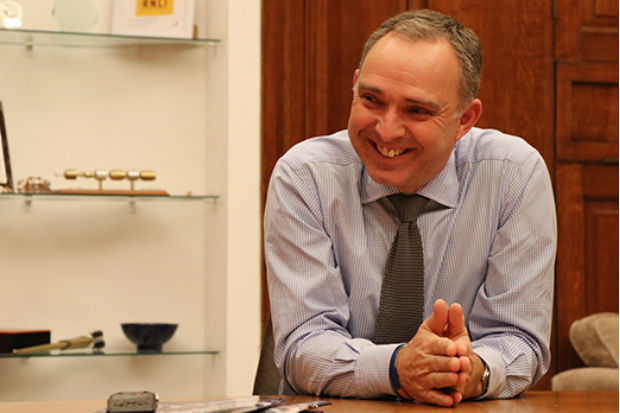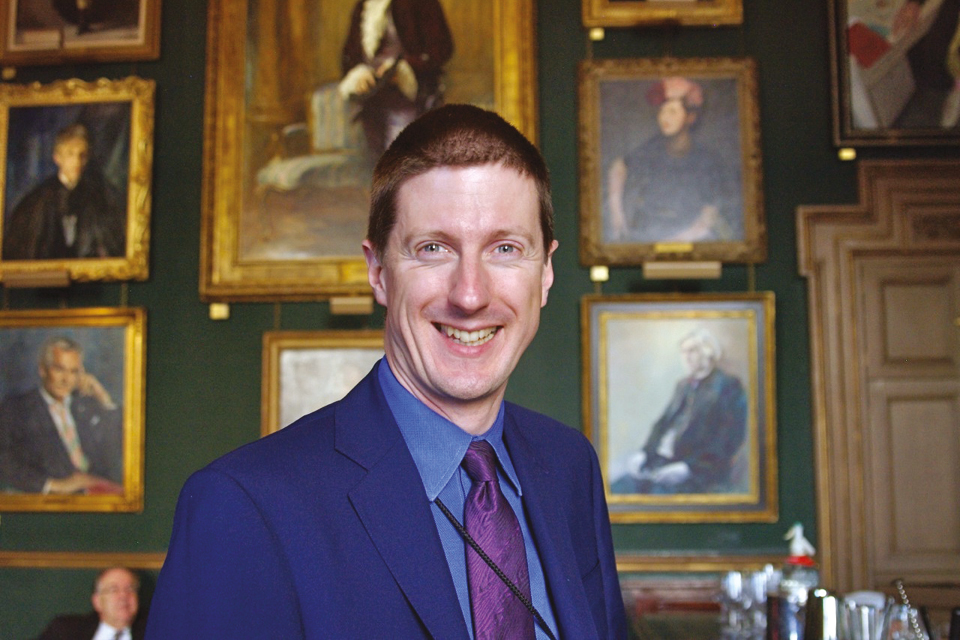As Government Actuary Martin Clarke explains, experts in his department make a vital contribution to issues ranging from the cost of pensions, to amounts paid out in personal injury claims, and planning financial assistance for those affected by natural disasters.
Dame Sue Owen, retiring DCMS Permanent Secretary, talks about the guiding principles of her career and about what has changed - and, in some cases, stayed the same - over the course of it.
Mark Carney takes questions on a range of challenges facing the Bank of England, from preparations for Brexit, to improving diversity and inclusion, and exploiting the potential in emerging technologies.
With preparations for the 2019 Spending Review under way, Sir Michael Barber fills in the background to his independent report on government’s management of public money.
Sir Mark Sedwill answers questions on a range of issues, from how he sees the role of Cabinet Secretary, to the challenges facing the Civil Service.
Civil Service Quarterly interviews Robert Chote, Chair of the Office for Budget Responsibility (OBR), about the role of the OBR and the challenges it faces.
Conrad Bird, Director of the ‘GREAT’ campaign at the Department for International Trade (DIT), explains how they measure its impact.
Tom Gelderd, one of the officials who advised on the creation of the Government’s Industrial Strategy, looks at why it’s needed, how it has evolved and the challenges it has faced in the months leading up to its publication.
Welcome to issue 14 of Civil Service Quarterly, which takes as its theme 'Economics in government'. We open with a feature from Treasury economists Henry Shennan and Dominic Muir, who use a series of charts to illustrate the UK productivity challenge.
Treasury economists Henry Shennan and Dominic Muir use a series of annotated charts to illustrate the scale of the UK’s productivity challenge.










Recent Comments